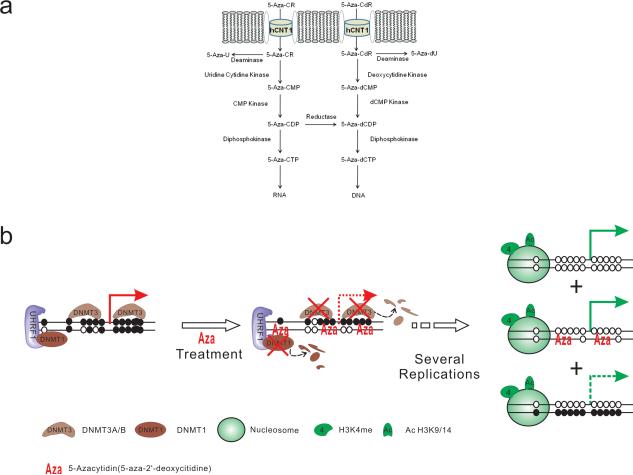Figure 3. Metabolism pathway and action mechanism of 5-Azanucleosides.
A. Human Concentrated Nucleoside Transporters 1 (hCNT1) facilitates the entry of 5-Aza-CR and 5-Aza-CdR into cells where they are phosphorylated by uridine-cytidine kinase and deoxycytidine kinase respectively. 5-Aza-CMP and 5-Aza-dCMP are subsequently phosphorylated into their active triphosphate forms. 5 Aza-dCR can be incorporated solely into DNA, whereas 5-Aza-CR can be incorporated into RNA as well as DNA following the reduction of its 5-Aza-CDP form to the 5-Aza-dCDP form. Incorporation of 5-Azanucleosides into DNA induces hypomethylation of the daughter DNA strands whereas incorporation of 5-Aza-CR into RNA disrupts crucial cellular process such as protein translation and causes ribosomal disassembly. 5-Azanucleosides, however, are also very unstable and can be deaminated to inactive uridine.
B. Schematic working model of 5-Azanucleosides. During DNA replication, 5-Azanucleosides are incorporated into DNA and trap DNMTs, which are subsequently targeted for proteosomal degradation. DNA containing azanucleosides are hemimethylated after the first round of DNA replication and become fully demethylated after several rounds of replication. Using hypomethylation agents, the silenced epigenetic modifications could be switched to an active status (eg.H3K4me3 and AcH3)

